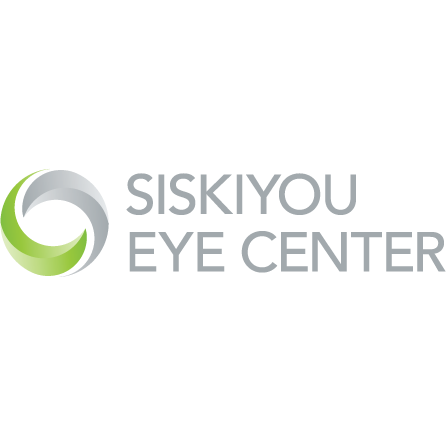
Lasers are used to treat a variety of eye conditions and we are pleased to offer the most advanced laser technology available. Listed below are some of the more common conditions that can be effectively treated with lasers.
Posterior Capsule Opacity
(Secondary Cataract)
Although cataract surgery is one of the safest surgical procedures available, some patients will develop cloudy vision during the recovery period. Although commonly called a secondary cataract, this cloudy film is a layer of lens epithelial cells that develop behind the implanted lens and can cause a decrease in vision and glare, similar to the symptoms of the primary cataract. A simple laser procedure in our office restores vision almost immediately.
Glaucoma
There are several simple laser procedures that can be used to lower the eye pressure associated with glaucoma, decreasing the need for eye drop medications.
Narrow Angles
When the space in the front of the eye is narrow there is risk for acute glaucoma (elevation of eye pressure) if the eye can’t drain properly. A laser iridotomy creates a small opening in the iris that prevents the onset of this painful and debilitating condition.
Retinal Tears
Retinal tears are serious and can lead to retinal detachment. In some cases, retinal tears can be treated with laser to seal the tear and prevent further tear or detachment.
Diabetic Retinopathy
Lasers can be used to treat swelling and the formation of new blood vessels associated with diabetic retinopathy or diabetic macular edema, improving vision and preventing vision loss. This is sometimes used in conjunction or instead of diet modification or injection of medications.
